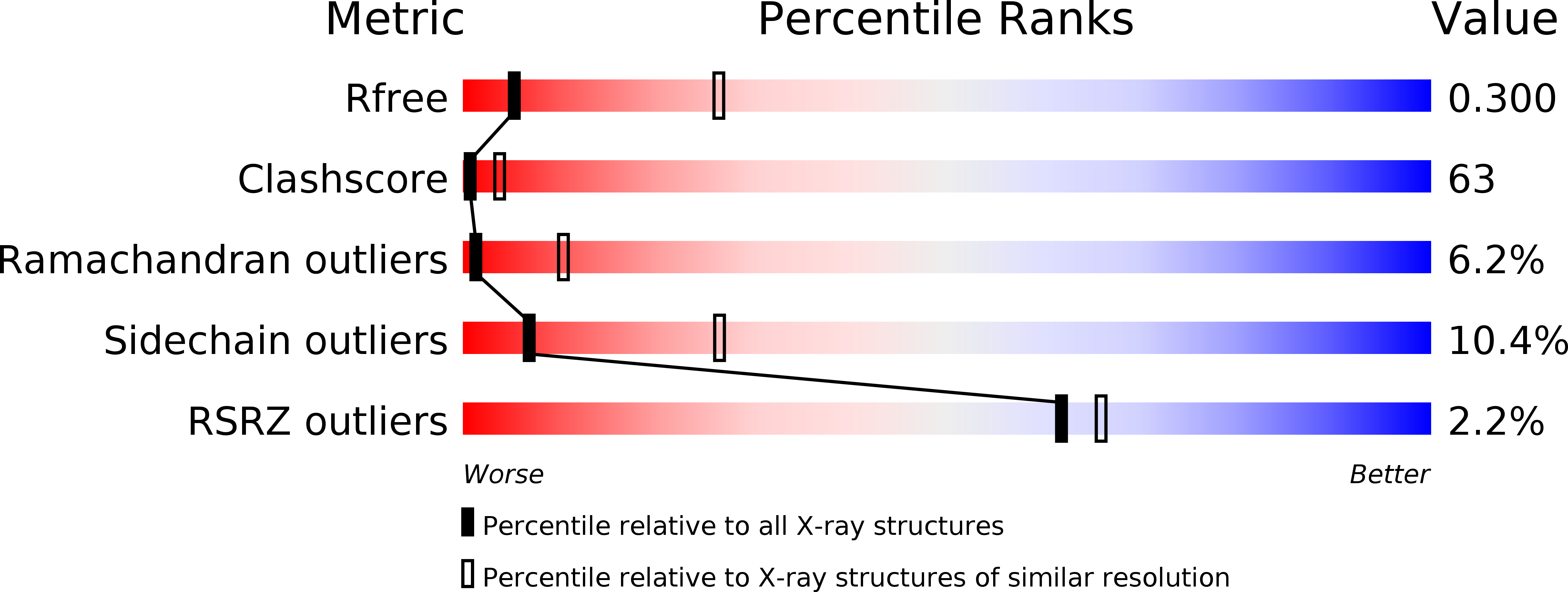
Deposition Date
2007-12-27
Release Date
2008-11-11
Last Version Date
2024-11-13
Entry Detail
PDB ID:
3BSZ
Keywords:
Title:
Crystal structure of the transthyretin-retinol binding protein-Fab complex
Biological Source:
Source Organism:
Homo sapiens (Taxon ID: 9606)
Mus musculus (Taxon ID: 10090)
Mus musculus (Taxon ID: 10090)
Host Organism:
Method Details:
Experimental Method:
Resolution:
3.38 Å
R-Value Free:
0.31
R-Value Work:
0.23
R-Value Observed:
0.23
Space Group:
C 2 2 2


